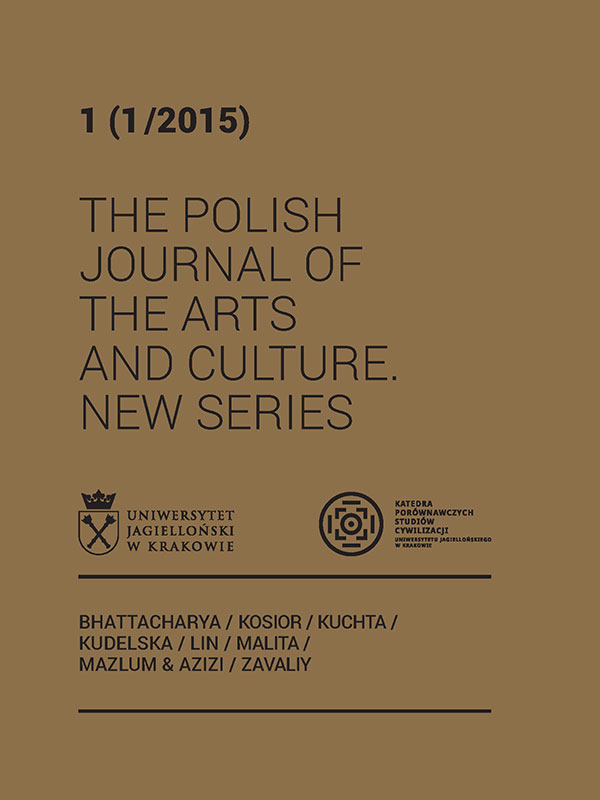Printed as Handwritten: The Importance of Calligraphy in Printing in Late Ming China
Printed as Handwritten: The Importance of Calligraphy in Printing in Late Ming China
Author(s): Hang LinSubject(s): Anthropology
Published by: Wydawnictwo Uniwersytetu Jagiellońskiego
Keywords: Printing; Calligraphy; China; Late Ming
Summary/Abstract: China under the late Ming witnessed a vast boom in book production and a rapid expansion of commercial printing, in particular in the sixteenth and seventeenth centuries. With the proliferation of imprints, however, both the artistic standards of the script styles used in printing and the quality of the woodblock cutting tended to decline. In place of characters in calligraphic styles of previous great calligraphers, mid– Ming printers began using the mediocre and nondescript “craftsmen style”. But other printers tried to counteract this standardisation and overall dullness of the script by having printing blocks cut from pages written in distinctive calligraphy. In this paper I intend to examine the new importance of calligraphy in late Ming China printing. After a brief outline of the general importance of calligraphy in Chinese culture and the change in calligraphic styles in printing after 1500, I will focus on a selection of imprints dating from the late Ming to illustrate how individual printers reinvented the particular importance of calligraphy in printing by faithfully translating the handwritten calligraphy into printing blocks. I shall also suggest how this examination can help facilitate a more nuanced understanding of the history of printing and book culture in imperial China and how it can shed light on a comparative analysis of China and Europe.
Journal: The Polish Journal of the Arts and Culture. New Series
- Issue Year: 1/2015
- Issue No: 1
- Page Range: 51-76
- Page Count: 26
- Language: English

